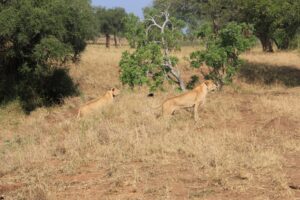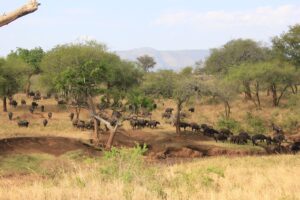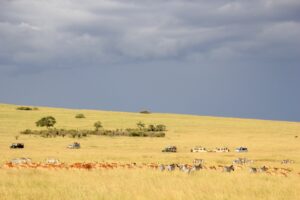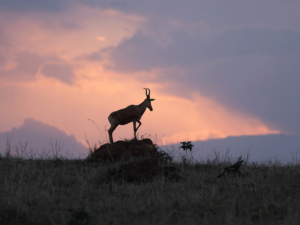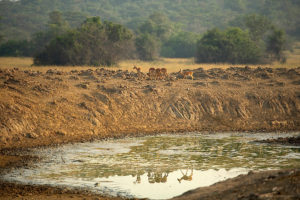The park has a semi-arid climate with just one rainy season per year (April-September) and rainfall is light. The valley of the Narus river in the south of the park receives some 890mm of rain/year while just 635mm of rain/year falls in the Kidepo valley to the north. Both rivers are seasonal, and dwindle and disappear in the dry season.
During these months, the only permanent water in the park is found in wetlands and remnant pools along the southern Narus valley near Apoka and as a result, wildlife is concentrated in this area. This consideration, combined with the valleyâs open, savanna habitat, makes it the parks prime game viewing location. Indeed it is possible to sight a good variety of wildlife simply by scanning the valley with binoculars from the comfort of the Apoka lodge.
Kidepo Valley is Located in Ugandaâs remote north-eastern corner, some 700km from Kampala and tucked between the borders with Sudan and Kenya, Kidepo Valley is our most isolated park. However the few who make the long journey north through the wild frontier region of Karamoja to visit it, would agree that it is also the most magnificent, for Kidepo ranks among Africaâs finest wildernesses. From Apoka, in the heart of the national park, a savanna landscape extends in all directions, far beyond the gazetted area of 1442km2, towards horizons outlined by distant mountain ranges.

